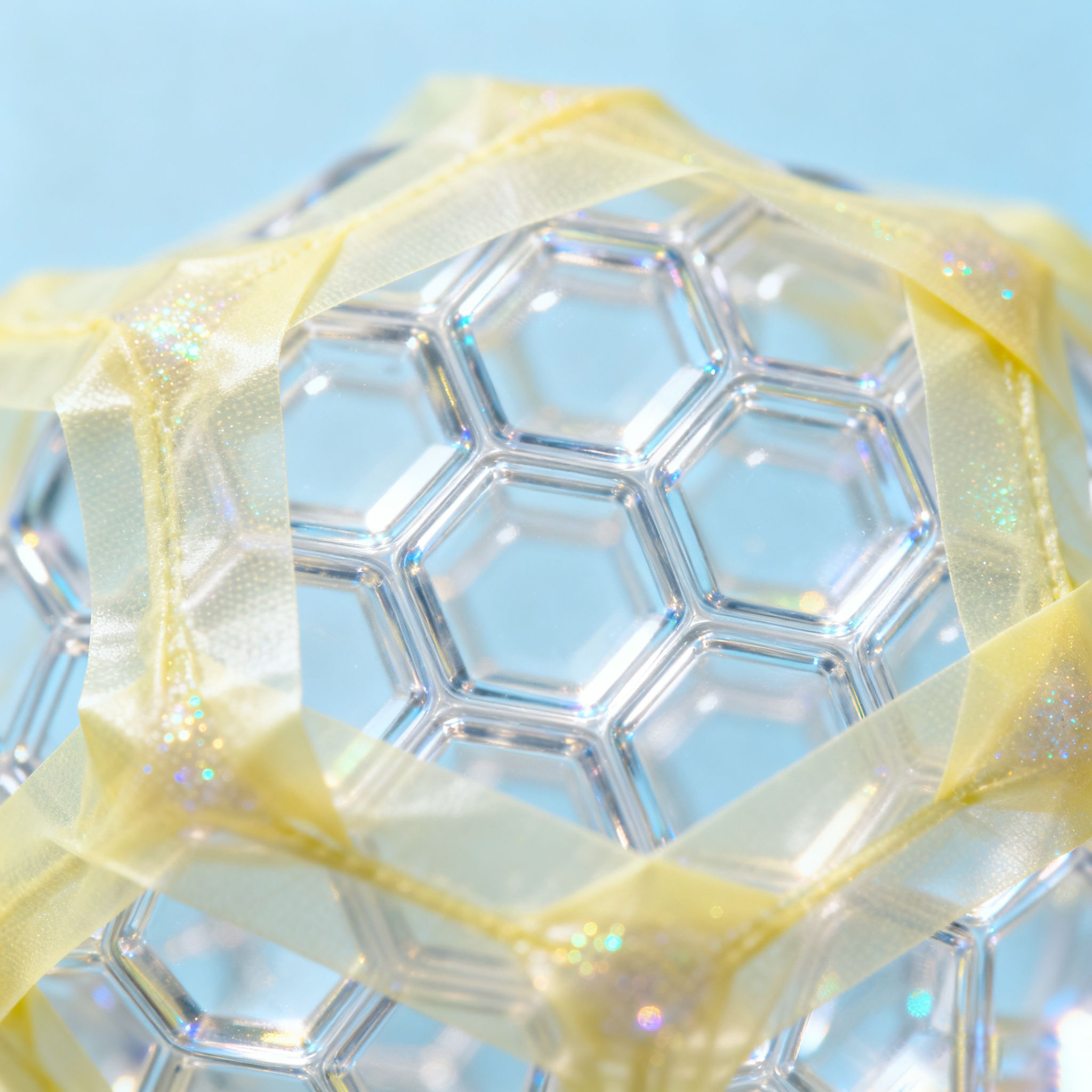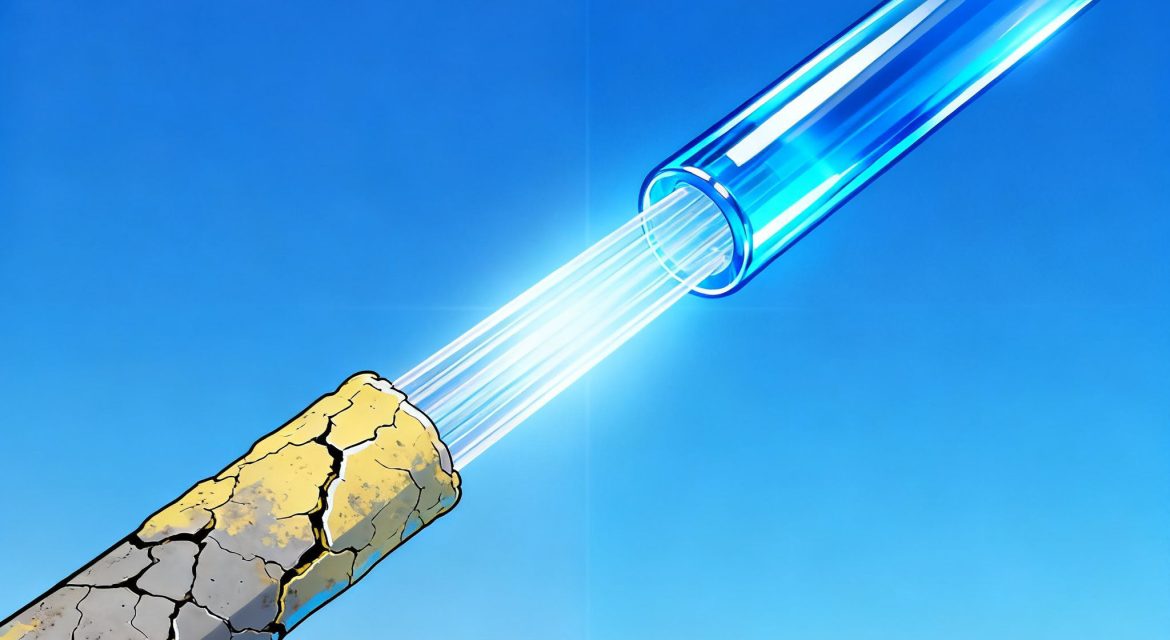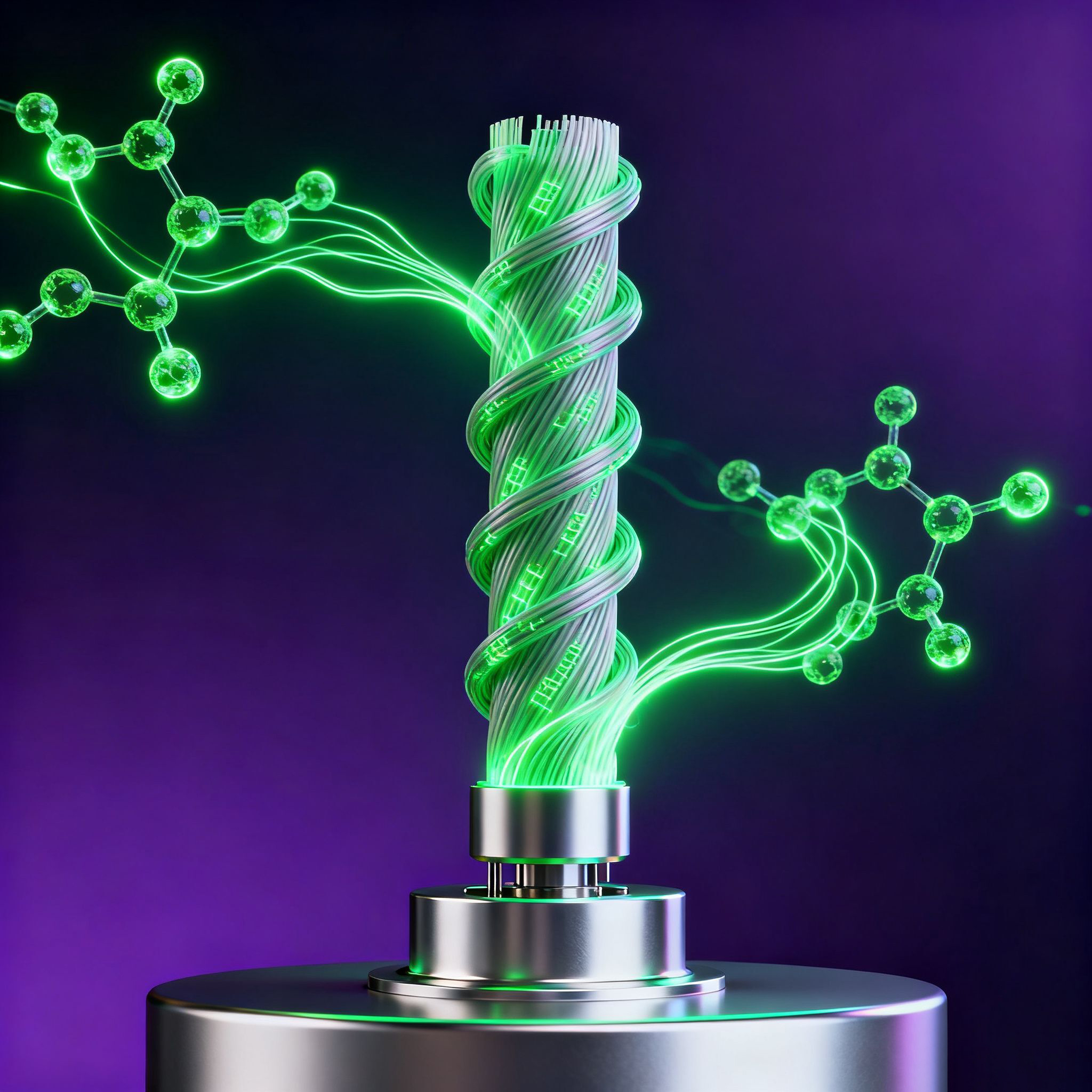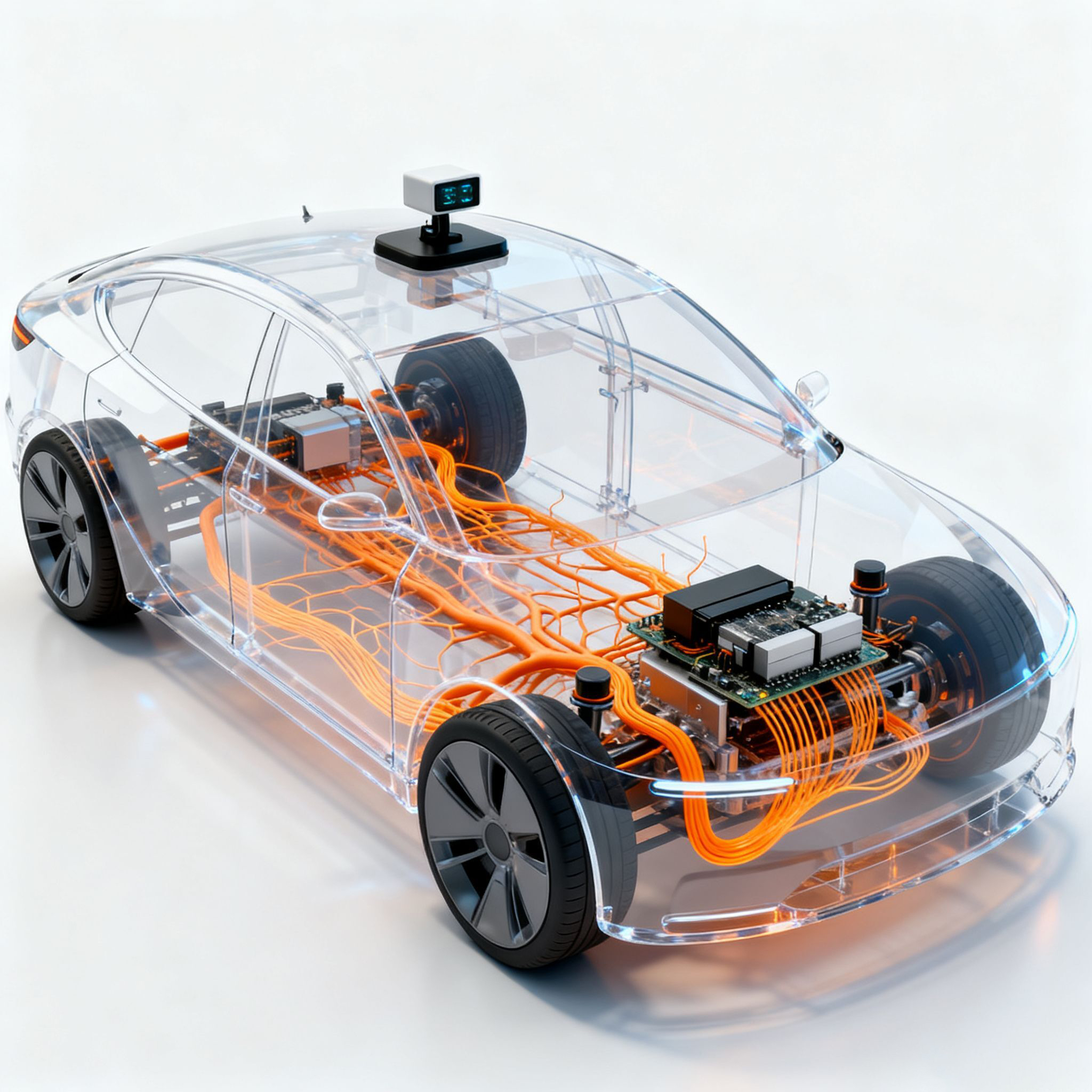Anti-ultraviolet aging optical fiber: Making information transmission last longer
Have you ever thought that the optical fiber communication we rely on every day actually also needs “sun protection”? Yes, just as our skin can be harmed by ultraviolet rays, optical fibers exposed to the sun for a long time outdoors will also face the problem of aging.

Optical fibers, as the “blood vessels” of the information age, undertake the task of transmitting massive amounts of data. But in outdoor environments, they have to confront the test of ultraviolet rays directly. Ultraviolet rays are like invisible “killers”, gradually eroding the material structure of optical fibers and leading to a decline in transmission performance. Just imagine a fiber optic cable carrying important data experiencing signal attenuation due to prolonged exposure to the sun. How troublesome that would be!
To solve this problem, scientists have spared no effort. They dressed the optical fibers in “sun-protective clothing” – through special material formulas and coating processes, they endowed the optical fibers with the ability to resist ultraviolet aging. This is not as simple as applying a layer of protective paint; rather, it involves improving the weather resistance of the material at the molecular level. It’s like injecting a “youth code” into the optical fiber, enabling it to remain youthful and vigorous even in the sunlight.
The application scenarios of this kind of anti-ultraviolet aging optical fiber are very extensive. From cross-sea optical cables to communication lines in desert areas, from highland base stations to urban outdoor networks, wherever there is sunlight, its presence can be seen. Especially in some extreme environments, such as high-altitude areas or near the equator, the intensity of ultraviolet rays is higher, and the damage to optical fibers is also greater. At this time, anti-ultraviolet aging optical fibers become particularly important.
It is worth mentioning that this technological breakthrough not only extends the service life of optical fibers, but more importantly, ensures the stability of communication. In this era of information explosion, a vast amount of data is shuttling through optical fibers every second, and any signal attenuation at any point may cause incalculable losses. Anti-ultraviolet aging optical fibers are like loyal guards, silently safeguarding our information channels.
Of course, technological progress knows no bounds. Although the current anti-ultraviolet aging optical fibers are already quite mature, scientists are still constantly exploring more advanced protection solutions. Perhaps in the near future, we will see more intelligent optical fiber materials that can self-repair the minor damage caused by ultraviolet rays or automatically adjust their protective performance according to environmental changes.
Ultimately, anti-ultraviolet aging optical fibers are not only a technological breakthrough but also a manifestation of human wisdom in addressing natural challenges. It makes us understand that even the most minor technological improvements can have a profound impact on the entire communication network. The next time you enjoy a smooth Internet connection, why not think of those optical fibers working silently in the sunlight? They are safeguarding our digital life with a more powerful posture.





